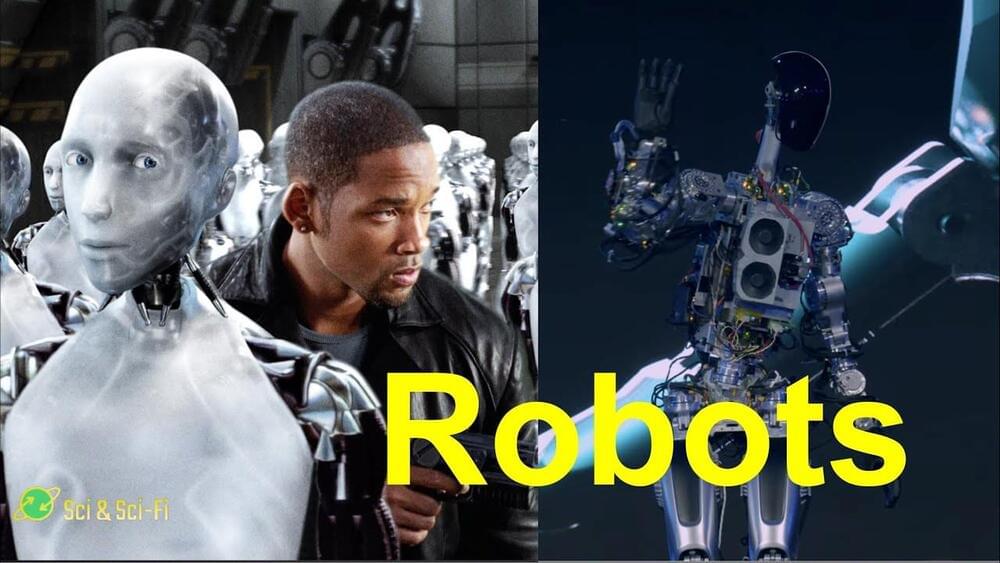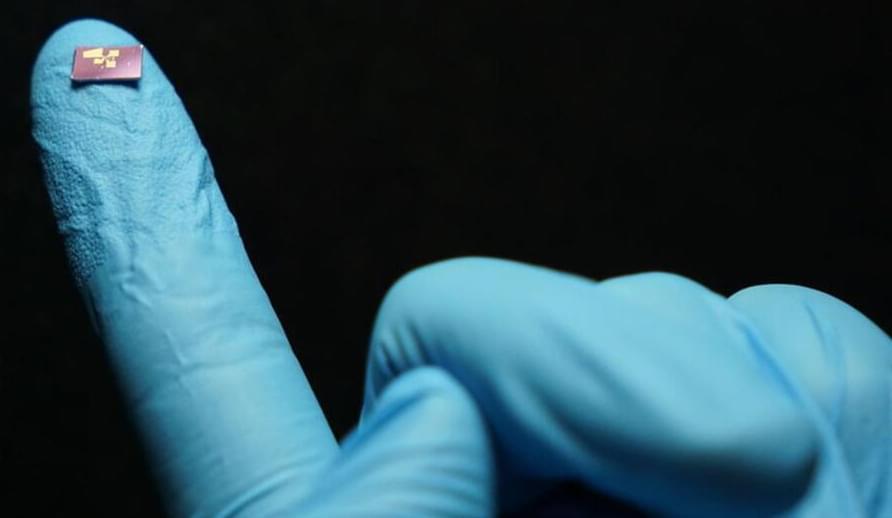When the brain encodes memories as positive or negative, one molecule determines which way they will go.
My mini UAV idea! A sphere shaped UAV, somewhere in size between a basketball, and a small beach ball. Cloak technology, if i could get away with it. Power source, coated in ultra fancy photo voltaic skin, that powers super fancy batteries for an indefinite flight time and range. Engine, Ion Drive, noiseless, still sort of in an experimental phase. Weapons system, an electrical recoilless rifle, can fire assorted ammunition; no recoil, no flash, with an advanced targeting system, operates sort of like a sniper. Carries a laser designator to designate targets for guided bombs and smart artillery.
Drop thousands behind enemy lines, and cause complete chaos. Coming to a battle field in 2030?
Budget documents reveal plans for the Super Swarm project, a way to overwhelm defenses with vast numbers of drones attacking simultaneously.
Ever since I read Asimov’s I, Robot as a child I was fascinated by those mechanical human-like machines capable of interacting with humans and achieve complex tasks with their non-human skills.
Up until now, the vision of a world filled with humanoid robot was a dream manifested only in science fiction. But with recent development, in particularly, the Optimus demonstration at Tesla’s AI day, it seems as Robots may soon become part of our daily life.
Will Asimov’s Robot vision become a reality?
How will this impact society?
Could this spell the end of poverty and material want?
Are we about to become a post scarcity society?
What are the risks Science Fiction warns us about?
Links:
Quora blog: https://spacefaringcivilization.quora.com/
Amazon Author page: http://amazon.com/author/ronfriedman.
My Website: https://ronsfriedman.wordpress.com/
How to support the channel:
Get $5 in NDAX (Canadian Crypto Exchange): https://refer.ndax.io/vm1j.
Buy Escape Velocity short stories collection:
Support with Ethereum or Plygon donation: sciandscifi.nft
Where are we likely to find life first and the most on Mars? And why I think that is both likely and not a threat to us and us not to it, Watch and see.
Worm-hole generators by the pound mass: https://greengregs.com/
For gardening in your Lunar or Mars habitat GalacticGregs has teamed up with True Leaf Market to bring you a great selection of seed for your planting. Check it out: http://www.pntrac.com/t/TUJGRklGSkJGTU1IS0hCRkpIRk1K
Awesome deals for long term food supplies for those long missions to deep space (or prepping in case your spaceship crashes: See the Special Deals at My Patriot Supply: www.PrepWithGreg.com.
Scientists think that nuanced hints called technosignatures could point them to life on other planets, including radio waves and pollution.
Kat DeLorean has built a new company to engineer the vehicle.
Kat DeLorean, daughter of legendary automotive engineer John DeLorean is building a new sports car to honor her father’s memory, according to a blog of the car’s site.
DNG Motors.
A historic endeavor.
With an estimated 60 to 70 vessels, China allegedly possesses the largest fleet of conventional submarines in the world.
The Chinese Navy could finally use lithium technology to replace the lead-acid batteries that are now used in its fleet of conventional submarines.
Since lithium batteries had a higher risk of catching fire or exploding, the navy was hesitant to replace the submarine fleet’s current batteries with them.
Razihusin/iStock.
Lithium-ion batteries could soon power China’s massive fleet of conventional submarines due to advancements in the nation’s globally dominant electric car industry, according to a study by China’s Navy, reported on Saturday by South China Morning Post (SCMP).
Transitioning away from fossil fuels.
The cost of turning sunlight into electricity has fallen more than 90 percent over the last decade. Solar is now the cheapest form of newly built energy generation. Job done? Not quite. Right now, solar works well at cost-competitive prices and can help us cut emissions significantly. But with less than five percent of the world’s electricity delivered by solar, we are just at the start.
The solar panels of 2022 are like the chunky mobile phones of the 1990s. Much more is possible with the same underlying technology.
Australia is likely to play a key role in global progress.
JONGHO SHIN/iStock.
Job done? Not quite. Right now, solar works well at cost-competitive prices and can help us cut emissions significantly. But with less than five percent of the world’s electricity delivered by solar, we are just at the start.
Could we describe and search for proof of technology originating from outside of Earth?
If an alien were to look at Earth, many human technologies — from cell towers to fluorescent light bulbs — could be a beacon signifying the presence of life.
We are two astronomers who work on the search for extraterrestrial intelligence — or SETI. In our research, we try to characterize and detect signs of technology originating from beyond Earth. These are called technosignatures. While scanning the sky for a TV broadcast of some extraterrestrial Olympics may sound straightforward, searching for signs of distant, advanced civilizations is a much more nuanced and difficult task than it might seem. iStock.
Scientists and materials researchers have invented a new and improved tool, “lab on a chip,” to measure light, according to a press release by Oregon State University (OSU) published on October 20.
An ultra-tiny device
The new tool consists of an ultra-tiny spectrometer that fits on a microchip and is operated using artificial intelligence. It now may lead to upgrades in everything from smartphone cameras to environmental monitoring.









